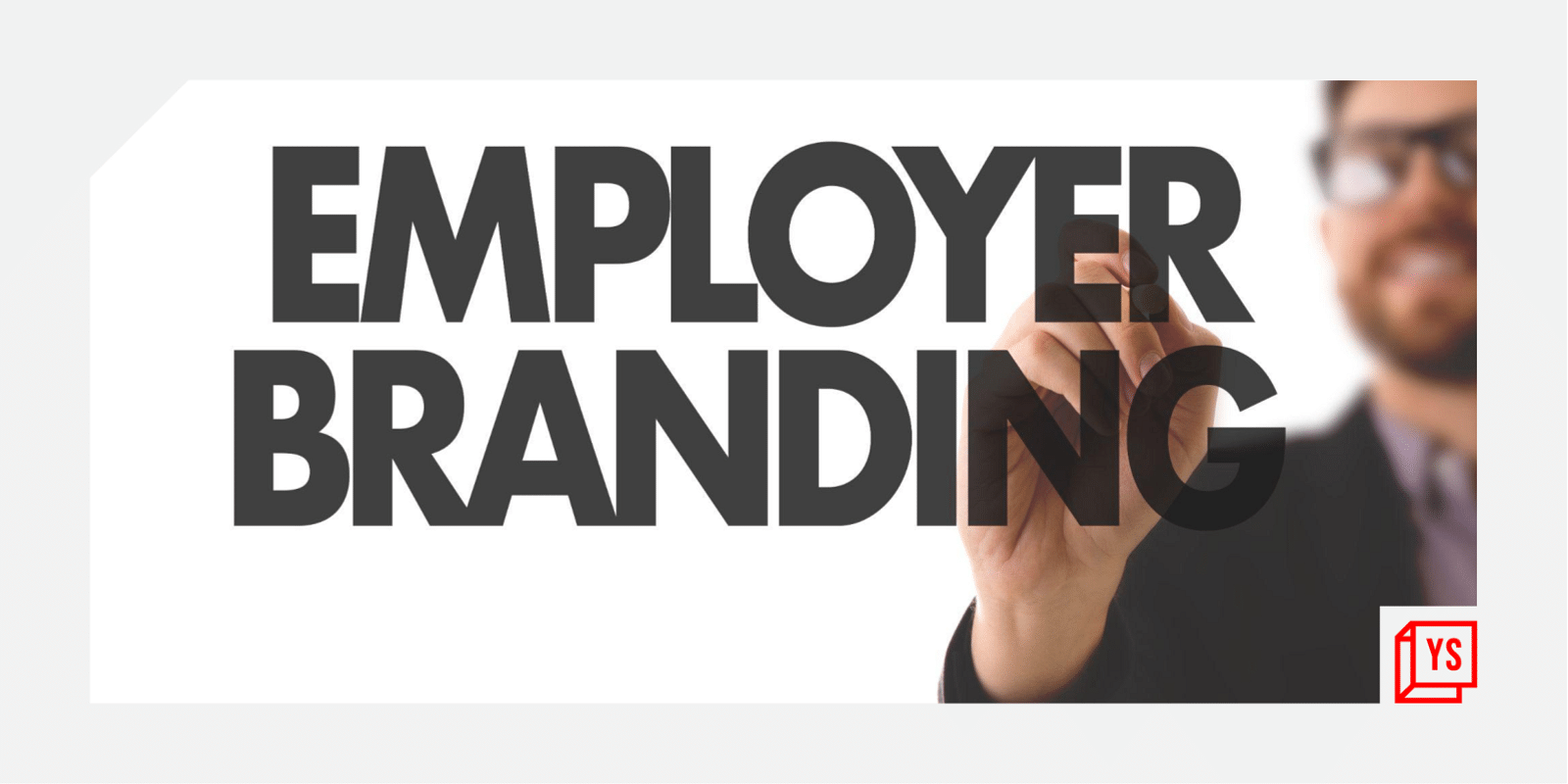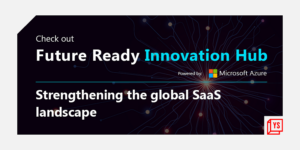Employer branding has been gaining prominence in recent times. The emergence of the digital age and the proliferation of social networking sites have provided greater visibility to employer branding. Organizations are now increasingly acknowledging the importance of employer branding to foster a positive image for their organizations and drive their talent acquisition strategies.
A recent survey[1] has shown that 75 percent of active job seekers are likely to apply for a job if the employer actively manages its employer brand.1This is the power and influence employer branding plays in the current scenario.
Employer branding in the CRO/CDMO industry
The Contract Research and Contract Development and Manufacturing Organization (CRO/CDMO) sector was not considered a mainstream industry by job seekers until recently. For research-centric and technical roles, the pharmaceutical and biotechnology industry was the preferred choice.
However, with the increasing complexities of drug discovery and development, the pharma/biotech industries are recognizing the importance of CRO/CDMO players in their operations, resulting in the rapid growth of this sector. It has opened up new career opportunities that allow candidates to work on some of the most cutting-edge scientific projects that can deeply impact lives.
However, the availability of talent continues to be a challenge within the CRO/CDMO sector that faces stiff competition from the already established pharmaceutical players.
Effective employer branding could help CDMOs position themselves as the employer of choice, showcase their evolving work environment and value proposition to attract talent.
Impact of employer branding in 2022
2022 is an important year as we are hoping and expecting that we will have better control over the COVID-19 pandemic, which has thrown up several challenges and disrupted the rhythm of every industry, including the CRO/CDMO industry. It has not only impacted the health of many individuals but has also changed the behaviour, expectations, and priorities of employees.
Earlier, remuneration and compensation were the most important criteria in selecting a job opportunity. However, today employees are increasingly prioritizing health & wellness, work-life balance, flexibility, work culture, and health benefits.
So, in 2022, employers need to revive and revitalize their employee value proposition (EVP) to meet the changing needs and priorities of employees. It has brought in a proactive change prompting organizations to relook at the changing equations and expectations to design their EVP.
Employer branding helps showcase how a company cares for its employees and thereby creates a distinct position for itself in the eyes of prospective employees and the industry.
Improving employer branding
Every company has its strengths when it comes to executing employer branding strategies. However, the successful ones are constantly evolving to use the best platforms and resources available to plan and execute these strategies effectively.
Strategies to improve employer branding revolve around:
1. Creating an Employee Value Proposition (EVP)
A good EVP lays the foundation of the employer brand. EVP is an employee-centered approach that helps create a strong brand in the eyes of existing and prospective employees. A unique, relevant, and compelling
EVP provides current and future employees with strong reasons to choose or stay with a particular employer. It is the most important part of an organization’s recruitment and hiring process. A strong EVP indicates why prospective employees should apply for a job with a particular company and what’s in it for them.
EVP is also a great tool for retaining talent and maintaining low attrition rates, thereby helping to save costs for additional recruitment and training of new employees.
2. Effective leadership and corporate branding
People work for good leaders. Leaders are themselves brands. Encouraging leaders and managers to spend more time on forums, inspiring common people regarding the company and industry, and participating in external forums help leaders build their own personal brand.
This, in turn, influences the employer branding activities. A strong corporate brand built on quality, integrity, customer-focus, innovation, and excellence will help further enhance the employer branding activities.
3. Social platforms for creating a positive company image
Social media platforms like LinkedIn allow companies to interact with other professionals and prospective employees in the industry. It enables to establish a strong employer brand because it is one of the most visited platforms that prospective employees engage with.
Employers have the advantage of showcasing their company ethos and philosophy on such platforms. This proves to be a good medium to attract the right talent.
To sum up, establishing a great employer brand is not a one-step process. It is a continuous journey that requires sustained effort and commitment across the organization, from the leadership team to the line managers.
Every employee touch point should reflect the brand promise that the corporate brand symbolises.
Today, employees seek a great place to work and an extraordinary experience at their workplace. So, branding strategies play a pivotal role in ensuring this. A niche industry like the CRO/CDMO needs to consider these and adopt suitable employer branding strategies to attract and retain the best talent.
(Disclaimer: The views and opinions expressed in this article are those of the author and do not necessarily reflect the views of YourStory.)










